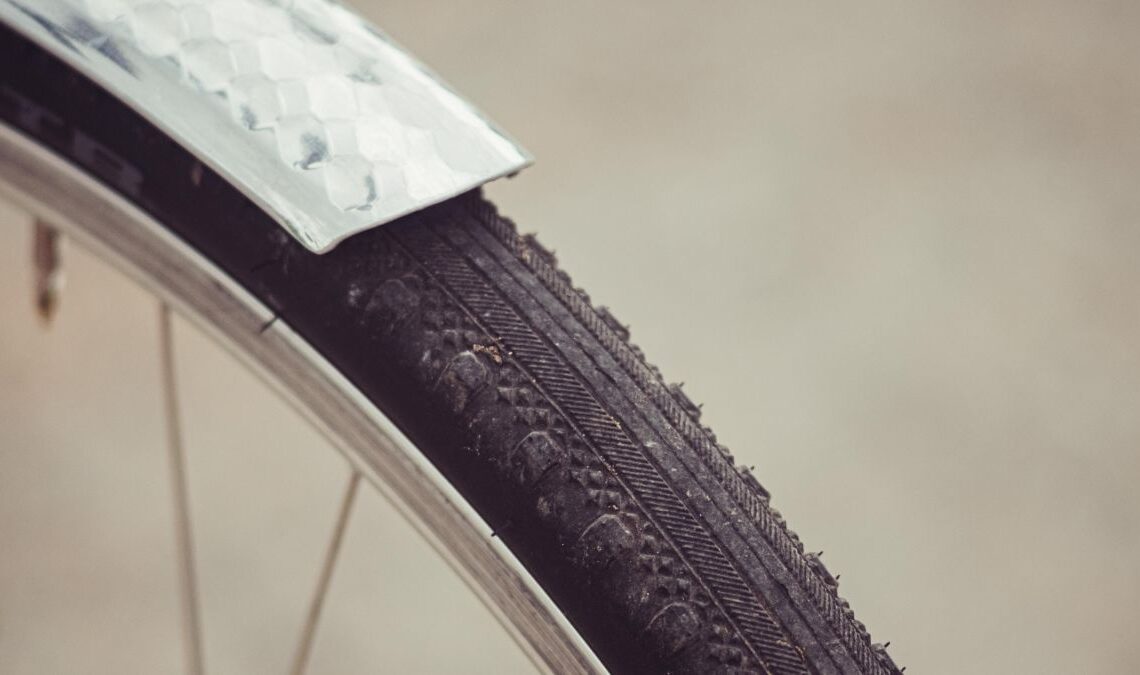We’re absolutely spoiled for choice nowadays when it comes to tyre choices. Back in the day for gravel riding, you were effectively consigned to using either touring tyres with a weight penalty and ludicrously stiff carcasses, or cyclocross race tyres which were grippy but often fragile. Fast forward to the present and we have tyres for all types of gravel, in casings for both touring and racing, along with slick tyres in widths that would have seemed ridiculous only a few years ago.
Somewhere in the middle exists the ‘all-road’ category of tyres. Not quite a gravel tyre, but also not what you’d think of as a road tyre either. As many of the best gravel bikes have secondary use ambitions as all-road or endurance bikes, it’s certainly a tyre segment worth paying attention to.
They usually feature a slick centre and some level of additional shoulder grip, be that actual lugs or just added tread textures. It’s fair to say that WTB was pretty instrumental in pioneering this kind of rubber with its Horizon tyre, as seen on bikes like the Cannondale Slate. The WTB Byway exists at the lumpier end of the all-road segment, with a slick centreline, transitioning into two file treads of increasing bite, before some D-shaped lugs appear on the shoulders to provide some cornering traction in looser terrain.
I’ve been running these on my classic do-it-all bike for a while now, taking in tarmac, badly maintained country roads, some sandy gravel and some more muddy terrain too, so read on to see how these match up against the best gravel tyres.
Design and aesthetics
The tread pattern on the WTB Byway is similar in many ways to that of the Teravail Washburn but with a little less bite, and also that of the American Classic Kimberlite. The slick centreline transitioning to a file tread a little further out is about as standard a baseline for an all-road tyre as you’re going to find; it’s a pretty tried and tested formula, aiming to provide fast, low rolling resistance riding on smoother surfaces. Between similar versions, there is usually little to tell them apart in terms of straight-line speed on decent roads; it’s the shoulders that tend to make a difference.
In this case, beyond the file treads bordering the slick centre, we have a narrow band of diamond files that should offer a little more bite on actual gravel, although the equivalent section of the American Classic…
Click Here to Read the Full Original Article at CyclingNews RSS Feed…

